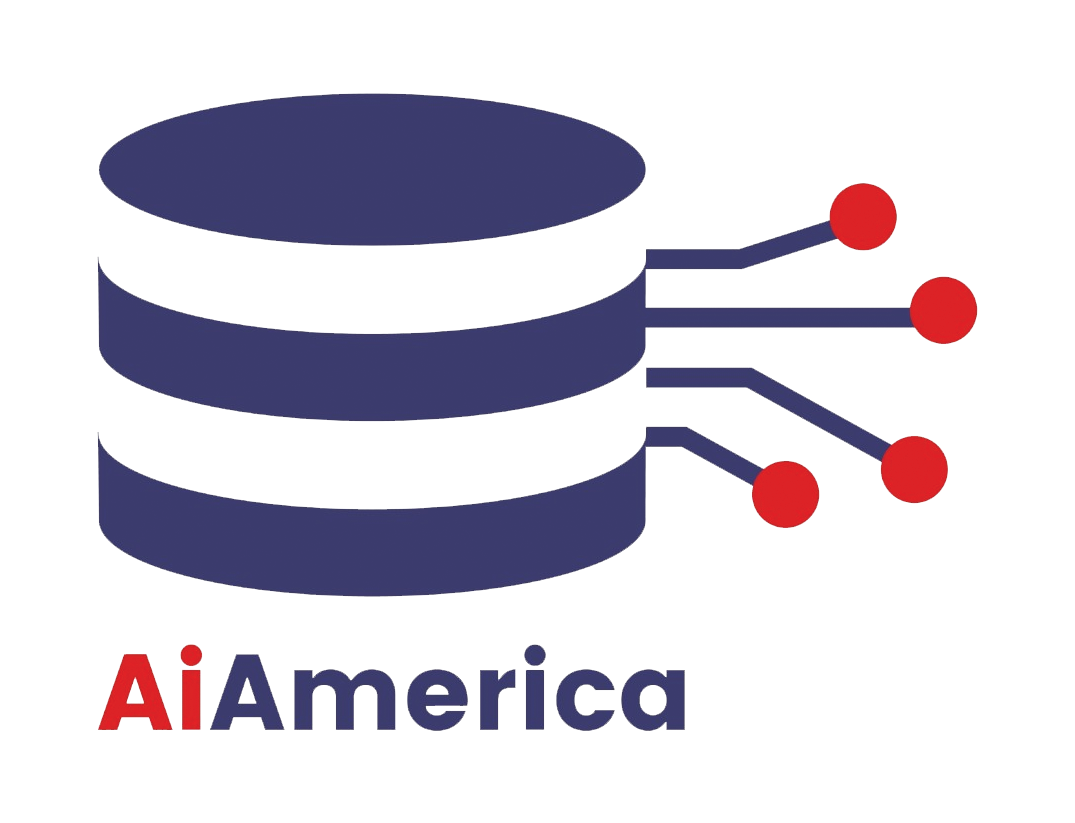
Agentic AI is rapidly evolving beyond initial adoption phases to become a pivotal force in shaping business strategies and operations in 2026 and beyond. As organizations transition from pilot projects toward full-scale deployment, understanding the upcoming trends is essential for those looking to leverage autonomous AI agents effectively.
1. Scaling from Pilot to Production
While many organizations currently experiment with agentic AI in controlled environments, 2026 is expected to witness a dramatic rise in enterprise-wide rollouts. Larger organizations with the necessary technical infrastructure and talent are leading this shift, and the market for out-of-the-box agentic AI solutions is expanding rapidly, enabling broader adoption across varied industries.
2. Agentic AI as the Operating System of Enterprises
By 2026, agentic AI will increasingly be embedded as the invisible, intelligent backdrop of enterprise operations—coordinating workflows, driving decisions, and optimizing resource allocation continuously without requiring explicit human instruction. Enterprises adopting this paradigm will enjoy significant improvements in efficiency, innovation, and resilience.
3. Ethical and Governance Frameworks Mature
As agentic AI grows in influence, expect advances in AI governance frameworks ensuring transparency, fairness, and accountability. Regulatory compliance in sectors such as healthcare, finance, and public services will improve as standards evolve for autonomous decision-making systems.
4. Integration of Physical and Digital Worlds
The fusion of digital agentic AI with robotics, IoT devices, and augmented reality will enable real-world sensory feedback and actuation at scale, driving new capabilities in manufacturing, logistics, healthcare, and smart cities.
5. Democratization and Expansion of Agentic AI Skills
Tools and frameworks will further lower the barrier to entry, bringing agentic AI development within reach of non-experts via no-code platforms and automated model tuning. Enterprises will invest heavily in reskilling employees to collaborate effectively with AI agents.
6. Multi-Agent Ecosystems Proliferate
Expect more sophisticated cooperative multi-agent systems managing interconnected workflows that span departments, organizations, and ecosystems. These collaborative webs will deliver agility and innovation at scale.
7. Continuous and Real-Time Learning Capabilities
Agentic AI systems will increasingly incorporate continuous learning architectures that adapt in real time to evolving business environments, user behavior, and external conditions, thereby maintaining peak performance.
8. Economic Impact and Market Growth
The agentic AI market is projected to experience explosive growth, fueled by increasing enterprise investments and recognition of autonomous agents’ value. Analysts predict agentic AI will become a key driver of global digital transformation initiatives.
Conclusion
The agentic AI landscape in 2026 will be defined by widespread deployment, deeper enterprise integration, ethical maturity, and enhanced autonomy across digital and physical domains. Organizations that embrace these transformative trends proactively will gain a decisive edge in innovation, efficiency, and competitive advantage.
AI America will continue to monitor these developments and offer strategic insights to navigate the exciting future of autonomous intelligence.









